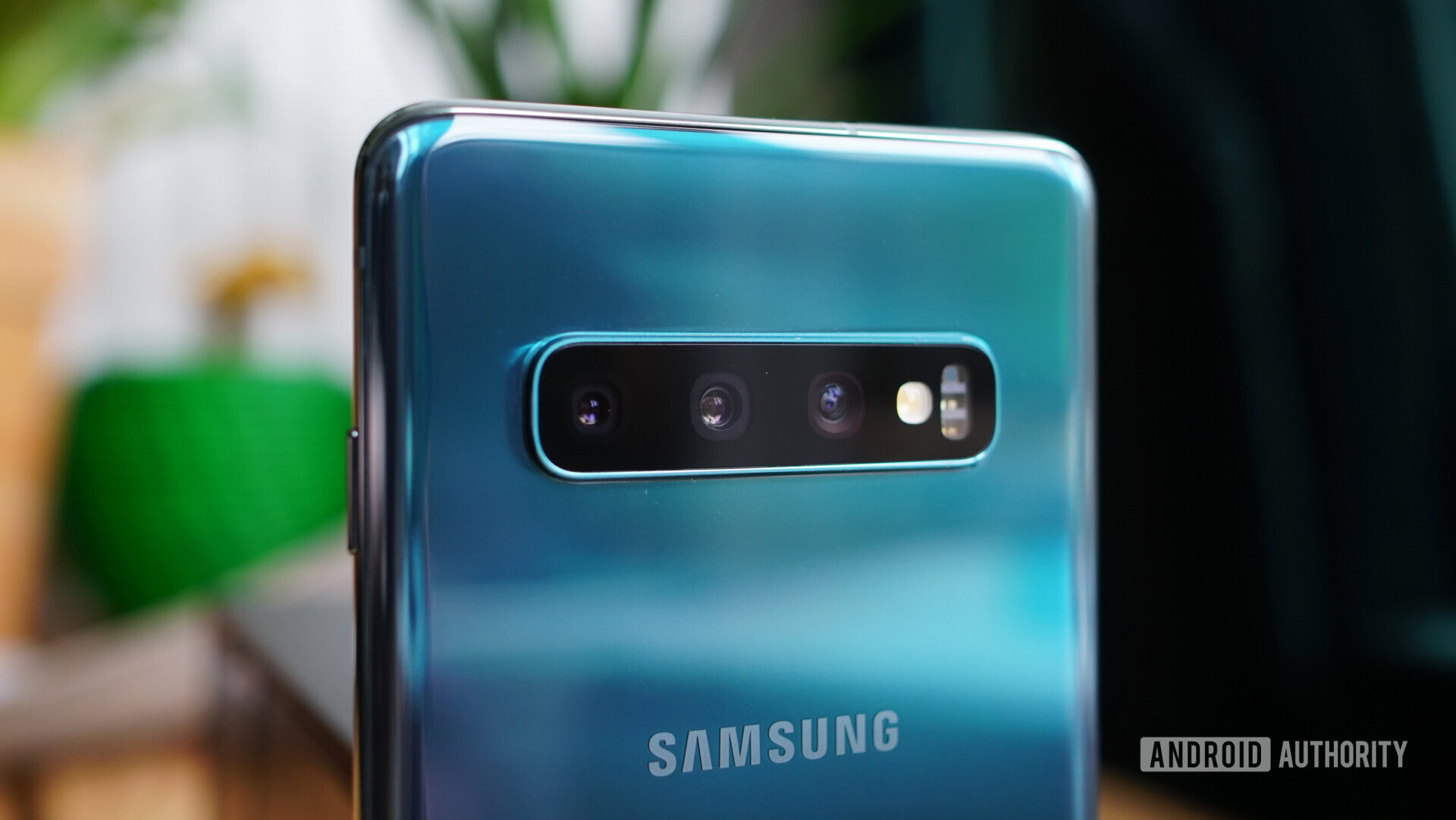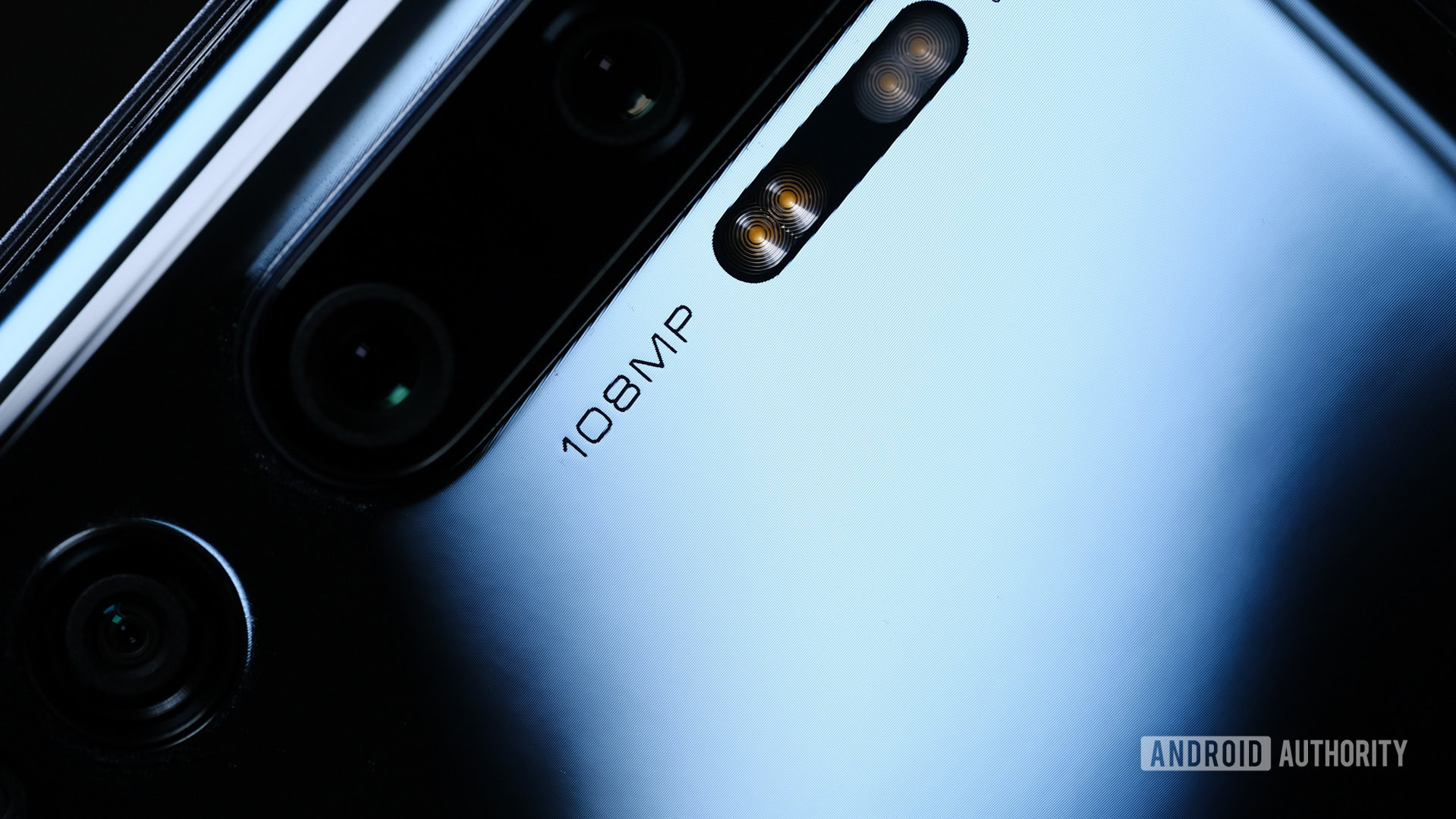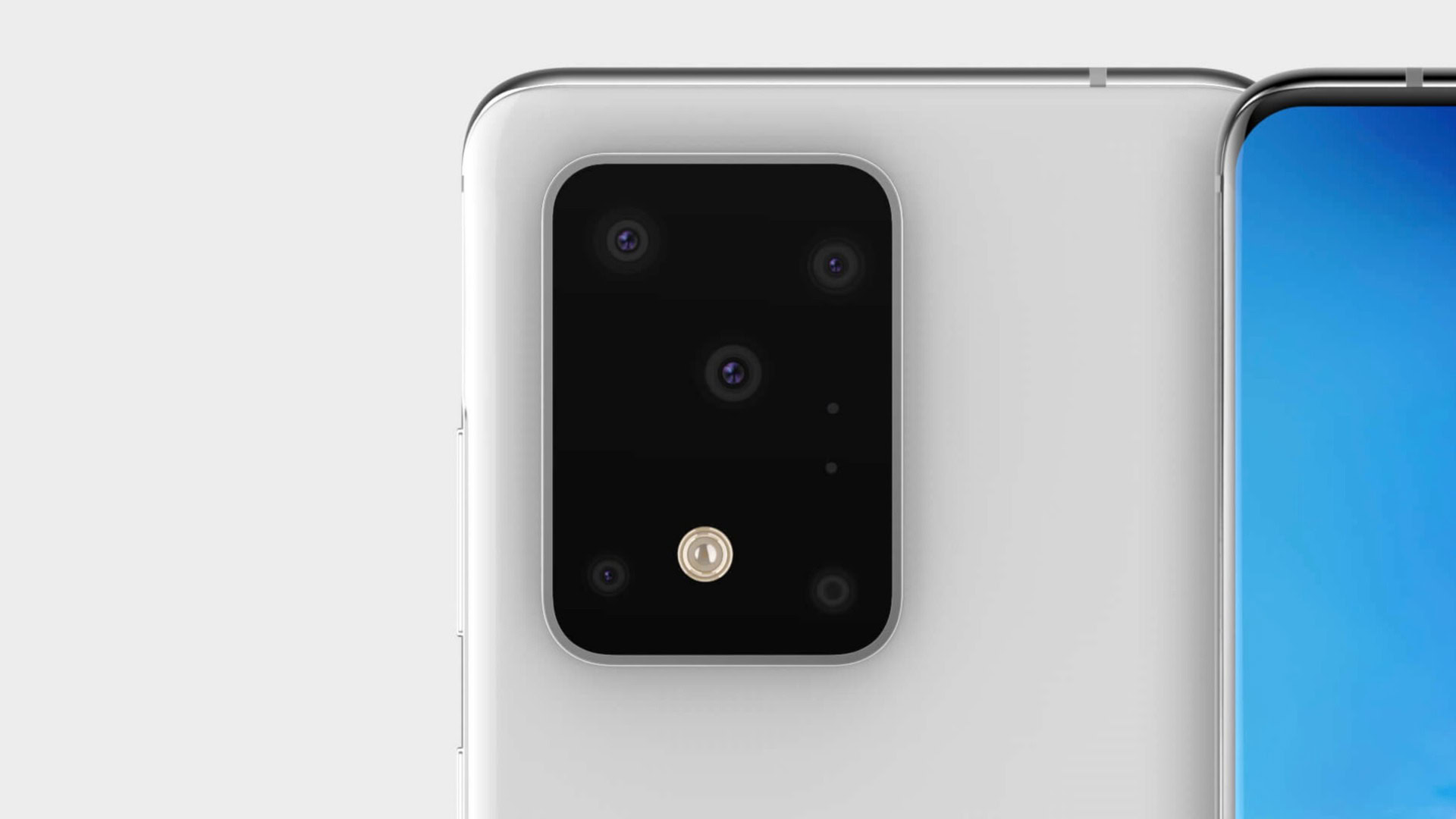Affiliate links on Android Authority may earn us a commission. Learn more.
How the Samsung Galaxy S11 camera could make magic out of 108 megapixels

The Galaxy S11 series is expected to offer a 108MP main camera, but instead of repurposing the 108MP Samsung ISOCELL Bright HMX sensor that turned heads on the Xiaomi Mi Note 10, frequent leaker Ice Universe says the new Samsung phones will actually use an all-new 108MP camera.
The tipster also says the new sensor is the same size as the old one (presumably having the same 0.8 micron pixels), but added that the new camera will be both more expensive and better — though how exactly it’ll be better remains a mystery.
While the current camera sensor is nothing to scoff, Samsung certainly has room to improve its tech. Here are just a few ways that an all-new, advanced 108MP sensor could help turn the Galaxy S11 series into a photography powerhouse.
8K/30fps support

Samsung’s Isocell Bright HMX is a pretty full-featured 108MP camera sensor, but there is one glaring omission. The camera doesn’t actually support 8K recording, topping out at 6K/30fps instead.
Read: What the Snapdragon 865 means for your next smartphone
It stands to reason then that the new Samsung camera sensor will offer 8K/30fps video recording. This is especially likely when you consider that the Snapdragon 865 and the Exynos 990 — both expected to feature in the Galaxy S11 series — will offer 8K recording capabilities as well.
Improved pixel isolation

It’s also possible Samsung is implementing better ISOCELL technology in the new camera sensor to reduce light bleed between tiny pixels, therefore ensuring colors and details are captured accurately.
Samsung’s current ISOCELL Plus tech on the ISOCELL Bright HMX and other sensors sees pixels being isolated from each other with a barrier, reducing light bleed between them. It’s akin to a box of wine with cardboard separating the bottles (i.e. pixels) from each other, preventing spillage (i.e. light leaking) in the process.

This is particularly important for ultra high resolution cameras with tiny pixels. Smaller pixels are already hamstrung when it comes to light-capturing capabilities compared to sensors with larger pixels, so the last thing you want is for the little light you’ve captured to be inaccurate.
The company has previously used a metal barrier between pixels, but said metal would reflect or absorb some incoming light. Samsung then switched to a new material developed by Fujifilm in 2018. The next step, if coming with this new sensor, could be an evolution over the Fujifilm material to further increase light sensitivity.
Nine-in-one pixel binning?

Today’s high resolution cameras all sport four-in-one pixel binning, combining data from four neighboring pixels into one. For example, 48MP 0.8 micron pixel cameras are usually capable of taking a pixel-binned shot comparable to a 12MP 1.6 micron camera.
Dive deeper: What is pixel binning? Everything you should know about this photographic technique
Qualcomm mooted the possibility of pixel binning going a step forward in the future. In fact, the firm’s Judd Heape told Android Authority that we could see 8×8 or 16×16 pixel binning as the next step. The nine-in-one approach in particular means a 108MP camera could combine nine pixels in one. This would then spit out a 12MP image with improved low-light capabilities, in theory.
108MP cameras: What else could Samsung bring to the table?

Hardware is only part of the equation, as image processing is arguably more important. Samsung is a top-tier player when it comes to image processing though, joining the likes of Google, Huawei, and Apple when it comes to great all-round performance. Leaks suggest Samsung is bringing plenty of camera-related features next year, such as automatically capturing photos/video and a night hyperlapse option, but hopefully it doesn’t forget about overall image quality.
If any manufacturer can extract plenty of goodness out of a 108MP camera, it's Samsung.
Another big question is super slow-motion 960fps support, as Samsung has traditionally used flagship camera sensors paired with super-fast DRAM for this feature. But Qualcomm’s Snapdragon 865 is fast enough to deliver 960fps recording without dedicated memory attached to the camera sensor. It’s unclear if the Exynos 990 supports this feature though, but if it doesn’t and Samsung still wants to retain super-slow mo, then the supposed Galaxy S11 108MP sensor will need dedicated DRAM (which the current 108MP sensor lacks).
Read more: What to expect from smartphone cameras in 2020
What would you like to see from the Samsung Galaxy S11’s 108MP camera? Let us know in the comments!
Update: We’ve corrected the pixel-binning from eight-in-one to nine-in-one. Thanks to reader Don Alonzo for pointing this out!